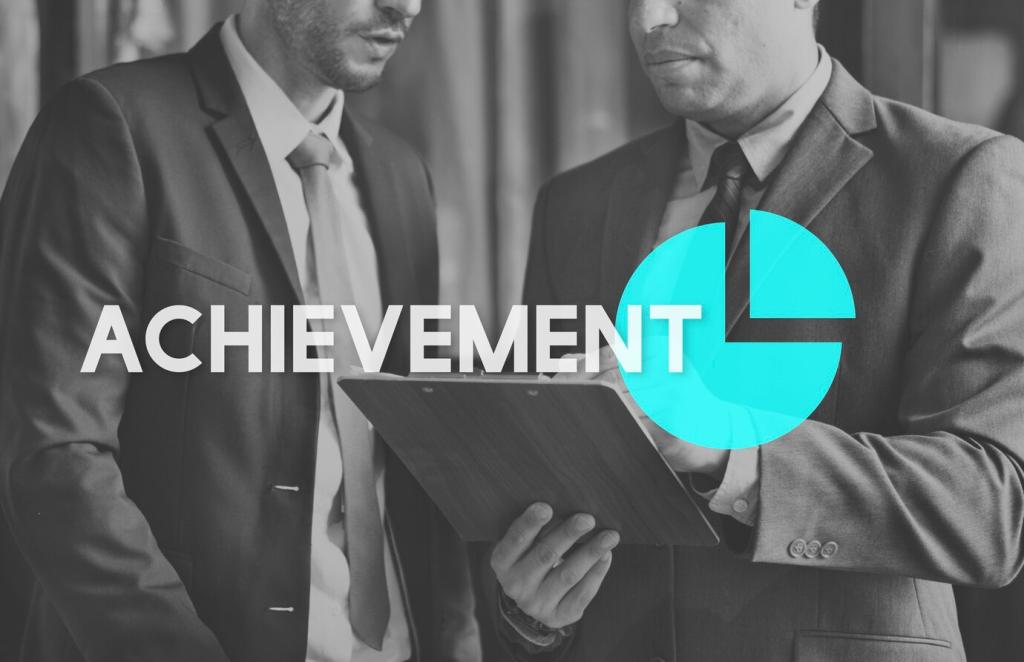Turning Data into Impact: Harnessing Technology for Effective Social Outcome Reporting
Building a Digital Foundation for Impact Measurement
Choosing the Right Data Architecture
Select a data architecture that fits your program’s complexity and pace. Many teams blend relational stores for clean indicators with a data lake for raw evidence, event streams for timeliness, and metadata for auditability and context.
Interoperability That Respects Communities
Interoperability is not just an API checkbox. Use open standards like IATI or DHIS2 data packages to exchange information, while limiting unnecessary fields that expose identities. Integrate intentionally, so communities control what leaves and why.
Security and Trust by Design
Build security into every touchpoint: encryption at rest and in transit, role-based access with least privilege, and transparent retention rules. Trust grows when beneficiaries, partners, and funders understand how data is protected and responsibly used.



Analytics That Tell Human Stories
Move beyond counting activities to examining change. Use a clear theory of change, compare cohorts over time, and document assumptions openly. Even simple before–after analyses gain power when limitations are explicit and learning is continuous.

Analytics That Tell Human Stories
Design visualizations that surface journeys, not just totals. Layer cohort flows, confidence intervals, and qualitative excerpts side-by-side. When decision-makers see both the arc and the anecdotes, resource allocation becomes faster, fairer, and more transparent.

Standards, Frameworks, and Compliance
Map your indicators to SDG targets and IRIS+ metrics, then keep a local layer for context. This preserves comparability for funders while protecting community-defined success measures that express dignity, inclusion, and long-term well-being.
Standards, Frameworks, and Compliance
Treat consent as an ongoing conversation, not a checkbox. Use plain-language notices, allow withdrawal, minimize collection, and de-identify when possible. Respect regional regulations like GDPR, and document decisions so accountability remains observable and verifiable.
A coalition struggled to prove that training led to sustained employment, not just placements. Data lived in spreadsheets, coaches kept paper notes, and employers shared feedback informally, making outcome verification slow and inconsistent.
A Field Story: Technology Reframing a Youth Employment Program
They introduced mobile coaching logs, automated follow-ups at three, six, and twelve months, and employer surveys integrated via secure links. A shared dashboard aligned partners on definitions, while qualitative check-ins captured barriers behind missed milestones.
A Field Story: Technology Reframing a Youth Employment Program
Scaling, Sustainability, and Community Ownership
Adopt modular components, open documentation, and shared vocabularies. Support multiple languages and low-spec devices. Empower local administrators to adapt indicators and workflows, ensuring the system reflects evolving priorities rather than imposing fixed templates.
Scaling, Sustainability, and Community Ownership
Budget beyond licenses: include training, maintenance, connectivity, and governance. Consider phased rollouts and hybrid stacks that blend open-source with tailored services. Value emerges when better decisions, not just prettier dashboards, meaningfully improve lives.


